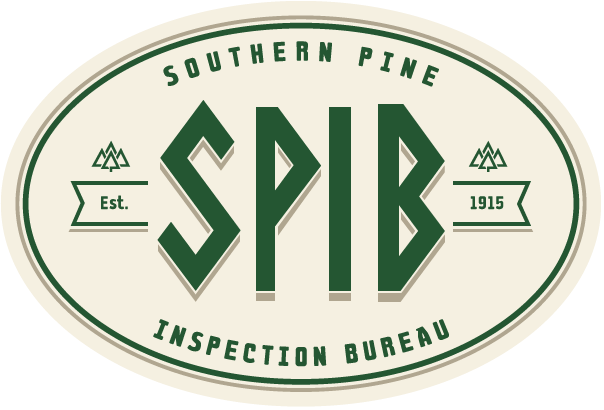
Lumber Grade-Marking History: 1929
Introduction
1929 was undoubtedly a year during which many seemingly-small innovations at the time brought with them major implications for the course of human history.
In January, for example, The Seeing Eye was established to train dogs to assist the blind in Nashville, Tennessee. Just a few months later in March, the San Francisco Bay Bridge opened – then the longest bridge in the world. Herbert Hoover was sworn in as president on March 4. The list goes on and on.
1929 also happened to be the year in which the General Motors Corporation first requested the Southern Pine Association to establish special official grades to suit their particular needs. Indeed, this may not have seemed like a major step at the time – but it was absolutely a sign of things to come.
Because of that, a whole new set of rules were deemed necessary and were quickly submitted by lumbermen of the St. Louis district, being used instead of the then-existing official rules as opposed to alongside them. For essential context, those official rules were the product of more than three decades of study and practical application. They could not and should not have been changed to meet the individual needs of one particular company and there were certain people within the industry who were prepared to make sure that did NOT happen by any means necessary.
We hope you will find it useful in painting a more vivid picture of the sometimes rocky evolution that the industry itself was going through during this period.
1929
The General Motors Corporation requested the Southern Pine Association to establish special official grades to suit their particular needs. A complete set of new rules were declared necessary and submitted by lumbermen of the St. Louis district, for use in lieu of the then existing official rules. Thirty-five years of study and practical application had been spent in the development of the present rules – deliberate and careful processes of thought had slowly accomplished revisions from time to time. The rules should not and could not be changed solely on the basis of individual requests.
General Motors was advised that grading rules, differing from the SPA rules could not be established for any one industry. A modification of the No. 2 grade apparently was sought – finally adjudged that grade rule modification was not the solution. The curbing and elimination of grade substitution in the Detroit area and elsewhere would result in the proper No. 2 grade being delivered to General Motors, and their satisfaction with it. A similar situation was adjudged to be existent in the St. Louis market with grade substitution also the cause. Grade-marked lumber was the answer – but the vast volume of southern pine already on the market was not grade-marked, which was an obstacle.
A narrowing of grade differences was again considered. Dense and non-dense were further defined – dense growth logically, of course, being for timbers, and non-dense for boards, being the proper broad allocation of term use.
A grade-marking campaign was carried on in St. Louis territory – beginning in the Fall of 1929.
Many local dealers would not cooperate, and opposition to grade-marked lumber was strong because of the restricted trading possibilities that resulted from the handling of grade-marked lumber – no disposition existed among wholesalers and retailers for any organized effort. The building industry, architects, contractors, builders and engineers, however, unanimously endorsed grade-marking and were of the united opinion that the trade-marking and grade-marking movement was beneficial to everybody concerned with ethical business practices and good lumber. A vigorous effort to make the campaign a success was desired, particularly requested by a representative of the Mississippi Valley Institute – from St. Louis.
Essential services – the needs of the many versus the needs of a few, supported by the cooperative efforts of all, were regarded as the real value index of the Southern Pine Association’s activities. Large mill productions were gradually being replaced by small mill productions. Three routes for continuance of SPA through and beyond the then delicate times were indicated to be:
1. The large mills could continue to carry the entire industry burden of building and maintaining public good-will for lumber.
2. The extension of the more tangible services to small mills.
3. A differentiation of mill products and pertinent SPA services – a distinction between large and small mill productions as to quality and use.
The whole-hearted practice of grade-marking and car card tally was asked of individual companies to enlarge the supply and use of grade-marked trade-marked lumber, and greater use of the shipper’s certificate of car contents. Protection to lumber buyers in grade and tally was important.
Grade-marking was here to stay – purchasing agents, industrial buyers, realtors, organizations, building codes, retailer organizations, building and loan companies agreed. The Ladies Home Journal featured insistence to their readers to use grade-marked trade-marked lumber in new construction.
The appreciation of an identified lumber product was enabling industry to maintain itself on aproper competitive plane and to keep lumber in use.
Grade-marked lumber and no other was stocked in the retail yard of the Santa Fe Builders Supply Company, Santa Fe, New Mexico. All future purchases were to be of grade-marked lumber – the policy being regarded as a matter of profit – giving the retailer the competitive edge with no apologies to his customers. The company supplied a large trade territory in northern New Mexico and southern Colorado.
